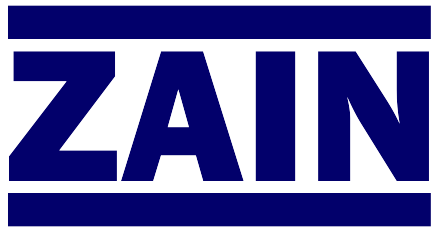Energy Efficient Aeration System
Authors:
Ronald N. Salzman, Ph.D. - Director, Research & Development
Mixing Equipment Co., Inc.
Peter J. Clack - Product Manager
Leeds & Northrup Co.
The paper discusses energy-efficient aeration systems for activated sludge wastewater treatment plants, highlighting that aerators are the largest energy consumers and must operate efficiently at varying waste loads. It presents a microprocessor-based control system combined with high-efficiency aerators and a reliable dissolved oxygen probe to optimize oxygen transfer while reducing energy and labor costs. Economic analysis demonstrates that automated aeration control can significantly cut operating costs, offering payback periods as short as 1.5 to 5 years depending on plant size, and can be retrofitted to existing facilities.
Key Learnings
- Aeration systems are the single largest energy consumers in wastewater treatment plants, accounting for up to 64% of energy use.
- Efficient operation at varying waste loads is essential to minimize energy costs and meet effluent standards.
- High-efficiency aerators with wide operating ranges can maintain performance even at low load conditions.
- Reliable dissolved oxygen probes are critical for automated control and long-term, maintenance-free operation.
- Microprocessor-based controllers can adjust aerator power in real time to match oxygen demand, optimizing energy usage.
- Automated aeration systems reduce both energy and labor costs, offering payback periods as short as 1.5 to 5 years depending on plant size.
- Retrofitting existing plants with modern aeration control systems is feasible and cost-effective.
- Energy savings contribute to broader environmental and economic benefits, including reduced nonrenewable energy consumption and improved trade balance.
- Properly controlled aeration maintains adequate mixing and prevents solids settling, ensuring consistent treatment performance.
- The combination of proven technologies—efficient aerators, advanced probes, and microprocessor controllers—maximizes system flexibility and cost efficiency.

